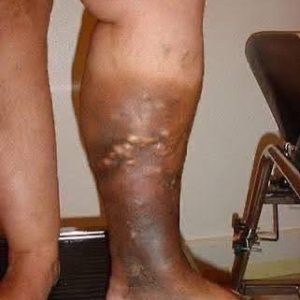Discovering mice in your home is more than just an unpleasant surprise—it’s often a red flag that environmental factors are attracting them. Understanding what draws mice indoors is essential for tackling the problem effectively.
Mice are primarily lured by food. Crumbs, unsealed pantry items, and even pet food left out overnight can become feeding grounds. Their sharp sense of smell helps them find even the smallest scraps.
Aside from food, mice also seek warmth and shelter. During colder months, they look for cozy places to nest—attics, basements, and wall cavities offer ideal conditions for survival and breeding.
One of the most alarming traits of mice is how fast they reproduce. A single pair can lead to dozens in just a short time, turning a small intrusion into a major infestation before you even notice.
Cluttered spaces like garages, storage rooms, or areas with piles of clothes or paper provide perfect hiding and nesting spots. In addition, mice can squeeze through tiny gaps—sometimes as narrow as a pencil—around pipes, vents, or foundation cracks.
Once inside, mice can cause significant property damage. They chew through insulation, wood, and electrical wiring, potentially increasing the risk of fires and costly repairs.
To prevent or control a mouse problem, swift and strategic action is critical. Start by removing accessible food sources, sealing all entry points, and reducing clutter. DIY traps may help with small issues, but larger infestations typically require professional pest control services.
Modern solutions like smart rodent sensors and integrated pest monitoring systems can now detect activity in real-time. These tools, paired with regular inspections and preventive steps, provide peace of mind and stronger, longer-term protection against rodents and other pests.




